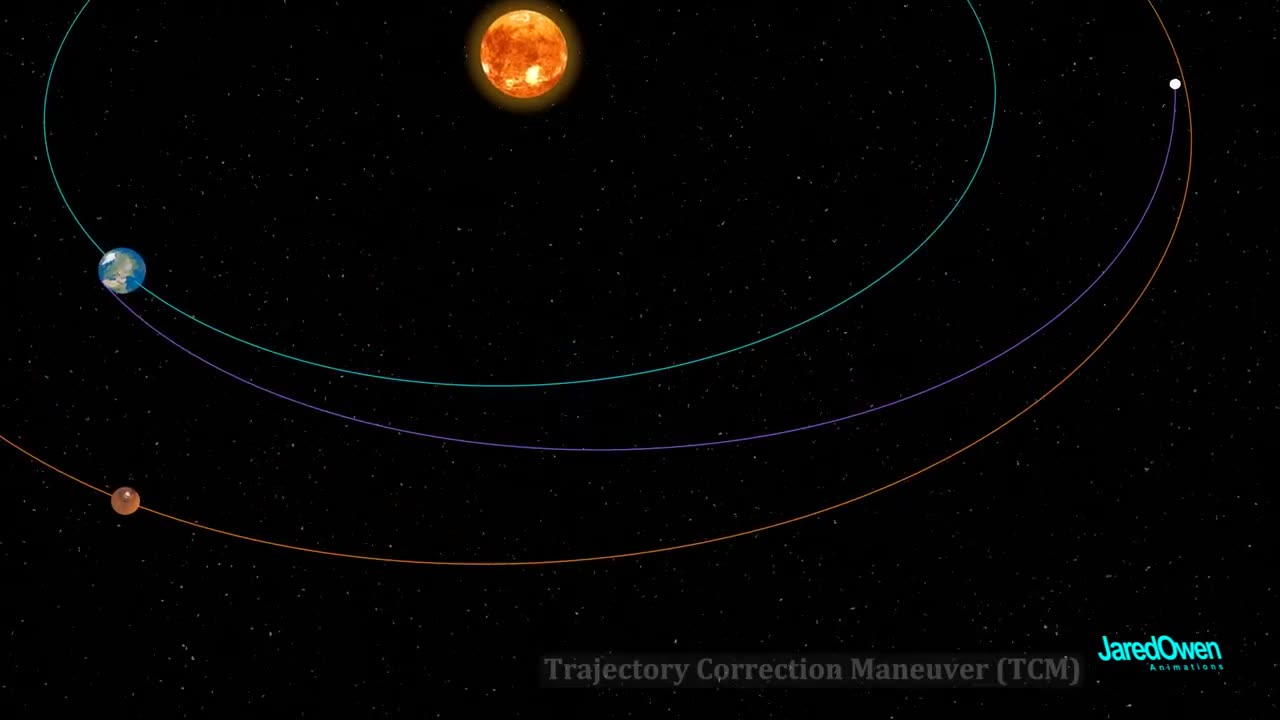Premium Only Content

How does a Mars Rover work (Perseverance)
The Perseverance rover, like its predecessors, operates as a sophisticated robotic vehicle designed to explore the surface of Mars. Here's a general overview of how it works:
Launch and Landing: Perseverance was launched from Earth using a powerful rocket. It traveled through space for several months before entering the Martian atmosphere. During entry, descent, and landing, a combination of parachutes and a "sky crane" system allowed the rover to safely land on the Martian surface.
Power Source: Perseverance is powered by a Multi-Mission Radioisotope Thermoelectric Generator (MMRTG). This device converts heat from the natural radioactive decay of plutonium-238 into electricity, providing a reliable and long-lasting power source for the rover's instruments and systems.
Mobility: The rover has six wheels with individual motors that allow it to traverse a variety of terrains. It can drive, turn, and adjust its wheels for optimal navigation. The mobility system includes suspension mechanisms to help it overcome obstacles and uneven surfaces.
Cameras and Sensors: Perseverance is equipped with a range of cameras and sensors that allow it to capture high-resolution images and collect scientific data. These include navigation cameras, hazard avoidance cameras, and scientific instruments such as spectrometers and cameras for analyzing rocks and soil.
Arm and Tools: The rover's robotic arm is equipped with a suite of scientific tools and instruments. These include a drill for collecting rock samples, a coring bit to extract core samples, a turret with various scientific instruments like cameras and spectrometers, and a robotic "hand" for precise movements.
-
 1:15:43
1:15:43
vivafrei
3 hours agoCanada Debate RECAP! Logan Act Violation? FSU Shooting! Real ID or Big Brother Surveillance? & MORE!
61.4K30 -
 45:29
45:29
Candace Show Podcast
3 hours agoBlake Lively Is Time's Most Influential | Katy Perry Goes To Space | Candace Ep 178
55.6K85 -
 2:11:01
2:11:01
The Quartering
5 hours agoActive Shooter At Florida University, Karmelo Anthony Parents Press Conference, Gaming Gets Worse
145K80 -
 LIVE
LIVE
LFA TV
20 hours agoALL DAY LIVE STREAM 4/17/25
620 watching -
 42:24
42:24
Stephen Gardner
3 hours ago🔴Trump Urged to STOP Ukraine’s CASH GRAB NOW! - Col. Douglas Macgregor
54.6K33 -
 1:07:07
1:07:07
Michael Malice
1 day ago"YOUR WELCOME" with Michael Malice #359: Douglas Murray
49.3K22 -
 1:26:58
1:26:58
The HotSeat
3 hours agoPay Attention, This IS The ONLY Thing That Matters This Week!
35.6K4 -
 1:06:09
1:06:09
Jeff Ahern
3 hours ago $0.86 earnedThursday Thrash with Jeff Ahern
25.8K -
 1:08:45
1:08:45
Russell Brand
7 hours agoDeportation OUTRAGE Backfires—MS-13 Connections Revealed – SF568
180K124 -
 59:57
59:57
Sean Unpaved
6 hours agoLee Corso's Final College Game Day, NCAA Rewrites Rules, Benches Clear In Pittsburgh!
76.1K3